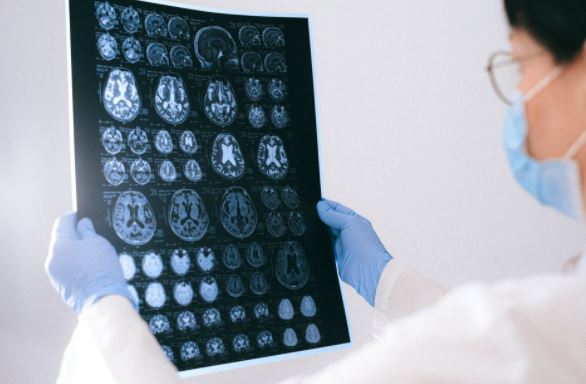Concussion & contact sports
Michael is joined by Dr Adrian Cohen, concussion researcher from Headsafe, regarding Chronic traumatic encephalopathy which has once again been brought to light following the NRL’s decision to allow Dragons fullback Matt Dufty to return to the field last weekend after being visibly and undeniably unconscious following a forearm to the back of the head in the St George (Illawarra) v Cronulla game.
“The NRL’s Guidelines for the Management of Concussion in Rugby League lists ‘loss of consciousness’ as a visible clue in the recognition of concussion with no health impact assessment needed and no return to play that game”, says Mr Cohen.
Chronic traumatic encephalopathy, CTE, was first described more than 100 years ago in boxers. It was originally called “punch- drunk” syndrome. It often presents in retired footballers with behavioral and/or mood disturbances such as depression and cognitive symptoms may be indistinguishable from Alzheimer Disease.
Sadly, however, CTE can only be diagnosed by examination of the brain after death.
Download this podcast here















